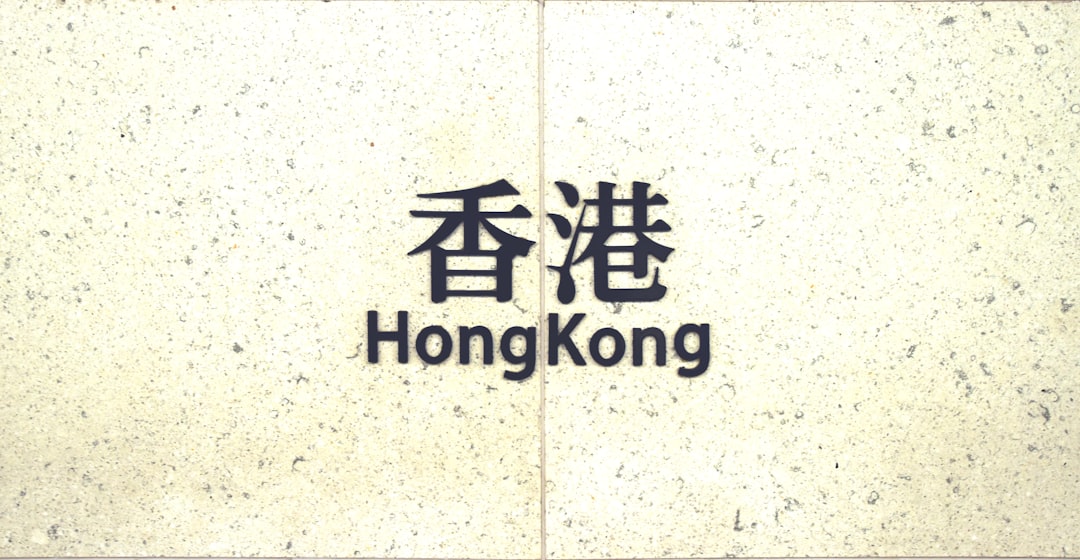Creating a brand’s identity is more than just designing a compelling logo—it’s about ensuring that logo functions correctly in every scenario it might appear in. Whether it’s on a billboard, a social media profile, a product label, or a T-shirt, the logo must remain recognizable, versatile, and sharp. That’s where the Logo Export Map comes in. It’s a vital component for any designer or brand manager to understand the different variations and formats a logo should be exported in, to uphold the integrity of a brand.
TL;DR
Table of Contents
A Logo Export Map outlines the key logo formats every brand needs: horizontal, stacked, mono (black or single color), and knockout (white or light on dark). Each has specific use cases, helping your brand maintain visual consistency regardless of where the logo appears. This export strategy ensures versatility, clarity, and professionalism across all digital and print media. Understanding and using these formats prevents issues like loss of readability, poor contrast, or brand misrepresentation.
What is a Logo Export Map?
A Logo Export Map is essentially a guide or a collection of logo files, organized by type and format, that designers use when delivering branding assets to clients or team members. It’s centered around adaptability—your logo should look great and function perfectly whether it’s printed on a coffee mug or used as an app icon. Properly managing this collection ensures that at all times, the application of the logo is consistent and maintains its visual impact.
There are four core formats every Logo Export Map should include:
- Horizontal Logo
- Stacked Logo
- Mono Logo
- Knockout Logo
Each format comes with its own purpose and use case. Let’s dive into the details of each.
1. Horizontal Logo
The horizontal logo is often the primary version of the logo. As the name suggests, it consists of the brand icon and wordmark laid out in a horizontal arrangement. It is typically suited for letterheads, websites, email signatures, and other common placements where space runs wider than tall.
Use this version when:
- You have ample horizontal space
- You’re designing a navigation bar or header
- Consistency across wide-layout applications is a priority

The horizontal logo is known for its clarity and balance. Brands often use this variation as their default because it usually provides the most recognizable and readable presentation at varying sizes.
2. Stacked Logo
A stacked logo is more compact and vertical in structure. It arranges the graphic icon above the wordmark or stacks them in a centered, vertical layout. This version is particularly helpful when dealing with limited horizontal space or when a more centered, square appearance is needed.
Use this version when:
- You need a logo for mobile apps or social media profile images
- Space constraints make the horizontal version unreadable
- You want a more symmetrical or bold look
For example, a company could use the stacked logo on T-shirts, tote bags, or mobile app splash screens. It offers a compressive alternative that preserves brand identity in tighter layouts without sacrificing legibility or impact.
3. Mono Logo
The mono logo, short for monochrome, is a black or single-color version of your brand’s logo. It’s critical for situations where color printing isn’t an option or where printing in multiple colors would compromise the aesthetic or increase production costs.

Use this version when:
- Engraving, embossing, or screen-printing low-cost materials
- Designing documents for black-and-white printing
- You need to display your logo over detailed or colorful backgrounds in a uniform shade
Mono logos must retain clarity without relying on color to communicate the brand. This version also doubles as an accessibility check—if your logo isn’t legible in black and white, it may not be strong enough to stand on its own.
4. Knockout Logo
Also known as a reversed logo, the knockout logo is used when the traditional colored or mono logo would disappear against a dark or complex background. These logos are typically presented in all white or a light color that contrasts starkly with the background.
Use this version when:
- Your background is dark or textured
- You need a high-impact logo on branded merchandise like water bottles or signage
- Branding requires overlaying over video or graphic-rich content
A knockout logo is powerful in night-mode applications, dark website themes, or when branding colored packaging. It adds sophistication while maintaining legibility and identity.
Additional Export Considerations
Now that we’ve covered the four core formats, it’s important to deliberate on the technical side of logo exporting:
- File Types: Provide logo formats in SVG (scalable vector), PNG (transparent background), and JPG (web use).
- Resolution: Make sure raster formats (like PNG or JPG) are exported at 300 DPI for print and 72 DPI for web.
- Color Modes: Use CMYK for print and RGB for digital applications. Provide Pantone® variations if your brand uses custom spot colors.
- Naming Convention: Keep a logical file-naming structure, such as Brand_Logo_Horizontal_FullColor_RGB.png.

Why Consistency is Key
Having a Logo Export Map ensures the right logo is used at the right time, across a wide variety of media. Consistency breeds trust—a fact proven repeatedly in consumer psychology. Brands like Apple, Nike, and Coca-Cola never deviate from their visual playbooks. Their exacting use of logo formats only solidifies their image in the customer’s mind.
Without standard formats and proper usage, your brand can easily appear fractured or unprofessional. Consider the following example: placing a full-color logo on a dark photographic background without a knockout version will make the logo invisible. Whether it’s a major campaign or a small icon, the right logo matters.
How to Structure Your Logo Export Map
A well-organized Logo Export Map should look like this:
- Full Color: Horizontal, Stacked
- Mono (Black or Brand Primary): Horizontal, Stacked
- Knockout (White or Light Tones): Horizontal, Stacked
- File Types: SVG, PNG, PDF, JPG for all variations
- Color Profiles: RGB, CMYK, Pantone where applicable
It’s common practice to include all variations in a master ZIP file or folder structure so everyone from web developers to printers can access what they need without confusion.
Final Thoughts
Creating a branding system with a robust Logo Export Map isn’t just a technicality—it’s a strategic choice that prepares your brand for real-world challenges. Whether your logo needs to print flawlessly in black ink, stand out on a dark background, or maintain its clarity at low screen resolutions, having these core formats covered ensures you’re never caught off guard.
Think of the Logo Export Map as your logo’s Swiss Army knife—ready for anything, anywhere. If you’re a designer, including one in every brand package you deliver increases both professionalism and client satisfaction. For brands, requesting this map puts you ahead of the game, saving time, money, and stress down the line.
Ultimately, logos are more than art—they’re communication tools. And just like any tool, they only work as intended when crafted thoughtfully and used properly.

